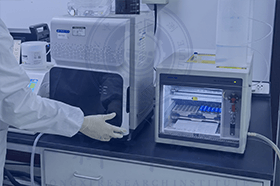检测项目(部分)
邻二甲苯含量
酸洗比色
甲苯含量
间二甲苯含量
总硫含量
纯度
非芳烃含量
馏程
全部参数
溴指数
颜色(铂钴色号)
外观
乙苯含量
检测样品(部分)
石油对二甲苯
检测标准(部分)
本部分适用于现有、新建和改扩建对二甲苯生产企业取水量的管理。
本标准适用于生产对二甲苯为主要产品的企业单位产品能耗的计算、考核 以及对新建或改扩建项目的能耗控制。
本标准适用于测定纯度不低于99.0%(质量分数)的石油对二甲苯,本标准对于非芳烃、苯、甲苯、乙苯、间二甲苯、邻二甲苯、异丙苯、对二乙苯等烃类杂质的检测限为0.001%(质量分数)。
本文件适用于食品级润滑油中含量不低于0.1mg/kg的苯、甲苯、氯苯、对二甲苯和邻二甲苯的测定。
This method is for determining trace hydrocarbon impurities in high purity p-xylene. The lower limit of detection for any single component is 0.002 mass %. The method can also be used for determining the total purity of the p-xylene. Mixed xylene isomers and/or diethylbenzenes in other process streams should be determined using UOP Method 744 Aromatics in Hydrocarbons by Gas Chromatography.
1.1 This test method covers the determination of known hydrocarbon impurities in and the purity of -xylene by gas chromatography (GC). It is generally meant for the analysis of -xylene of 99% or greater purity. Impurity concentrations that can be measured range from 0.001 to 1.000 weight %.
1.2 The following applies to all specified limits in this standard: for purposes of determining conformance with this standard an observed value or a calculated value shall be rounded off `to the nearest unit'' in the right-hand digit used in expressing the specification limit in accordance with the rounding-off method of Practice E29.
1.3 This standard does not purport to address all of the safety concerns if any associated with its use. It is the responsibility of the user of this standard to establish appropriate safety and health practices and determine the applicability of regulatory limitations prior to use. For a specific hazard statement see Section 8.
1.1 This specification covers xylenes for p-xylene feedstock. These xylenes typically are extracted from reformate.
1.2 The following applies to all specified limits in this specification: for purposes of determining conformance with this specification an observed value or calculated value shall be rounded off x201C;to the nearest unitx201D; in the last right hand digit used in expressing the specification limit in accordance with the rounding-off method of Practice E29.
1.3 The values stated in SI units are to be regarded as standard. The values given in parentheses are for information only.
1.4 Consult current OSHA regulations suppliers'' Material Safety Data Sheets (MSDS) and local regulations for all materials used in this specification.
1.1 This specification covers xylenes for p-xylene feedstock. These xylenes typically are extracted from reformate.
1.2 The following applies to all specified limits in this specification: for purposes of determining conformance with this specification an observed value or calculated value shall be rounded off "to the nearest unit" in the last right hand digit used in expressing the specification limit in accordance with the rounding-off method of Practice E 29.
1.3 The values stated in SI units are to be regarded as the standard. The values given in parentheses are for information only.
1.4 Consult current OSHA regulations suppliers'' Material Safety Data Sheets (MSDS) and local regulations for all materials used in this specification.
1.1 This specification covers xylenes for p-xylene feedstock. These xylenes typically are extracted from reformate.
1.2 The following applies to all specified limits in this specification: for purposes of determining conformance with this specification an observed value or calculated value shall be rounded off “to the nearest unit” in the last right hand digit used in expressing the specification limit in accordance with the rounding-off method of Practice E29.
1.3 The values stated in SI units are to be regarded as standard. The values given in parentheses are for information only.
1.4 Consult current OSHA regulations suppliers’ Safety Data Sheets (SDS) and local regulations for all materials used in this specification.
1.5 This international standard was developed in accordance with internationally recognized principles on standardization established in the Decision on Principles for the Development of International Standards Guides and Recommendations issued by the World Trade Organization Technical Barriers to Trade (TBT) Committee.
本部分适用于纯度(质量分数)不低于99%、烃类杂质浓度(质量分数)范围为0.001~1.000%的苯乙烯的测定。
注:典型的烃类杂质包括:乙苯、对二甲苯、间二甲苯、邻二甲苯、异丙苯、正丙苯、间甲乙苯、对甲乙苯、丙烯基苯、α-甲基苯乙烯、间甲基苯乙烯、对甲基苯乙烯、苯乙炔及其他杂质。
本标准适用于含有13种可挥发性有机物的各类消费品材料,如木材、发泡材料、涂料、胶黏剂、油墨 类等。
本标椭雹用于再生水中苯、甲苯、乙苯、邻二甲苯、间二甲苯、对二甲苯、苯乙烯及异丙苯八种苯系物含量为0.5μg/L~100μg/L范围的测定。本标准也适用于地表水、工业用水及生活用水中苯系物含量的测定。
本标准适用于固体废物及其浸出液中苯、甲苯、乙苯、对二甲苯、间二甲苯、异丙苯、邻二甲苯、正丙苯和苯乙烯等9种苯系物的测定。其他苯系物若通过验证,也可用本标准方法测定。
当固体废物取样量为2g时,9种目标物的方法检出限为0.004~0.006mg/kg,测定下限为0.016~0.024mg/kg。当固体废物浸出液取样体积为10ml时,9种目标物的方法检出限为0.7~2μg/L,测定下
限为2.8~8μg/L。详见附录A。
本标准适用于固体废物及其浸出液中苯、甲苯、乙苯、对-二甲苯、间-二甲苯、异丙苯、邻-二甲苯、 正丙苯和苯乙烯等9种苯系物的测定。其他苯系物若通过验证,也可用本标准方法测定。
当固体废物取样量为2g时,9种目标物的方法检出限为3~5μg/kg,测定下限为12~20μg/kg。 当固体废物浸出液取样体积为10ml时,9种目标物的方法检出限为0.6~1μg/L,测定下限为2.4~4μg/L。详见附录A。
本标准适用于地表水、地下水、生活污水和工业废水中苯、甲苯、乙苯、对二甲苯、间二甲苯、邻二甲苯、异丙苯和苯乙烯8种苯系物的测定。
当取样体积为10.0ml时,本标准测定水中苯系物的方法检出限为2~3μg/L,测定下限为8~12μg/L。详见附录A。
本文件适用于甲醇制低碳烯烃水相中甲苯、乙苯、对二甲苯、间二甲苯、邻二甲苯、1 3 5-三甲基苯、2-乙基甲苯、1 2 4-三甲基苯共8种芳香烃的测定。
本标准适用于纯度不低于99.0%(质量分数)的乙苯的测定,对非芳烃、苯、甲苯、对二甲苯、间二甲苯、邻二甲苯、异丙苯等杂质的检测范围为0.001%~1.000% (质量分数),对二乙苯杂质的检测范围为大于0.0003% (质量分数)。
本部分适用于测定纯度不低于90.0%(质量分数)的石油邻二甲苯,本部分对于非芳烃、苯、甲苯、乙苯、间二甲苯、对二甲苯、异丙苯、正丙苯、苯乙烯、三甲苯、甲乙苯、对二乙苯等烃类杂质的检测范围为(0.001~3.5)%(质量分数)。
本标准适用于混合二乙苯吸附分离或乙苯烷基化等工艺加工分离得到的对二乙苯,对二乙苯的主要用途是作为吸附分离对二甲苯的解吸剂。
分子结构式:C6H4(C2H5)2
相对分子质量:134.22(按2013年国际相对原子质量)

检测资质(部分)










检测优势
检测实验室(部分)



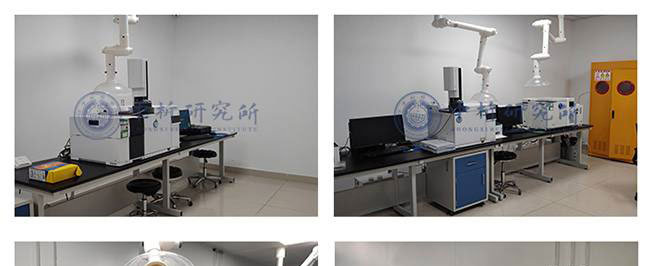
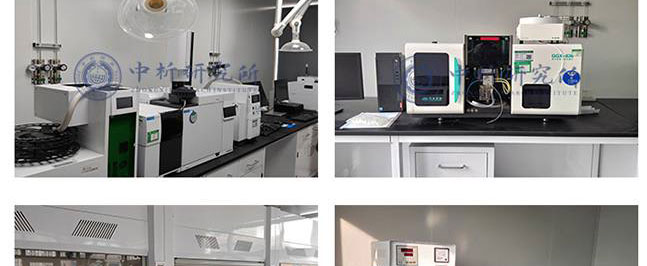
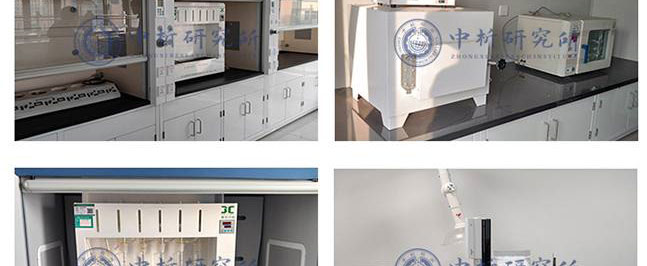
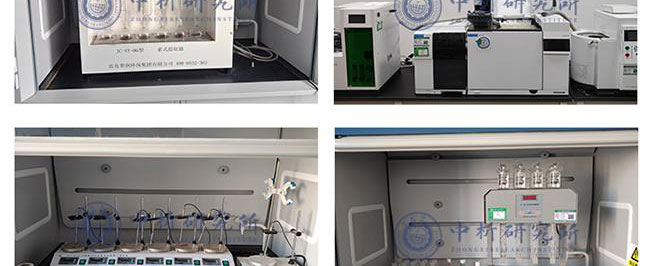
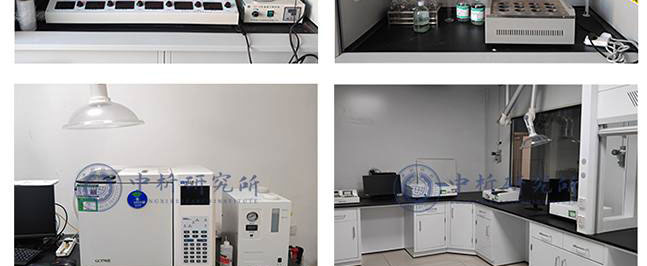
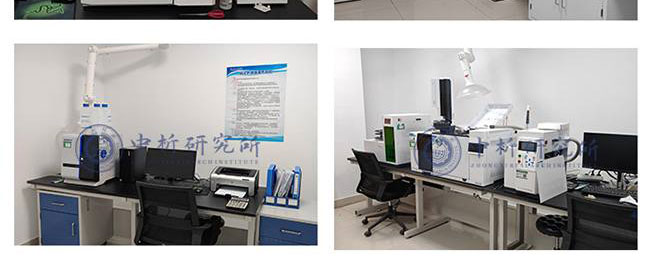
合作客户(部分)





检测报告作用
1、可以帮助生产商识别产品的潜在问题或缺陷,并及时改进生产工艺,保障产品的品质和安全性。
2、可以为生产商提供科学的数据,证明其产品符合国际、国家和地区相关标准和规定,从而增强产品的市场竞争力。
3、可以评估产品的质量和安全性,确保产品能够达到预期效果,同时减少潜在的健康和安全风险。
4、可以帮助生产商构建品牌形象,提高品牌信誉度,并促进产品的销售和市场推广。
5、可以确定性能和特性以及元素,例如力学性能、化学性质、物理性能、热学性能等,从而为产品设计、制造和使用提供参考。
6、可以评估产品是否含有有毒有害成分,以及是否符合环保要求,从而保障产品的安全性。
检测流程
1、中析研究所接受客户委托,为客户提供检测服务
2、客户可选择寄送样品或由我们的工程师进行采样,以确保样品的准确性和可靠性。
3、我们的工程师会对样品进行初步评估,并提供报价,以便客户了解检测成本。
4、双方将就检测项目进行详细沟通,并签署保密协议,以保证客户信息的保密性。在此基础上,我们将进行测试试验.
5、在检测过程中,我们将与客户进行密切沟通,以便随时调整测试方案,确保测试进度。
6、试验测试通常在7-15个工作日内完成,具体时间根据样品的类型和数量而定。
7、出具检测样品报告,以便客户了解测试结果和检测数据,为客户提供有力的支持和帮助。
以上为对二甲苯检测的检测内容,如需更多内容以及服务请联系在线工程师。








